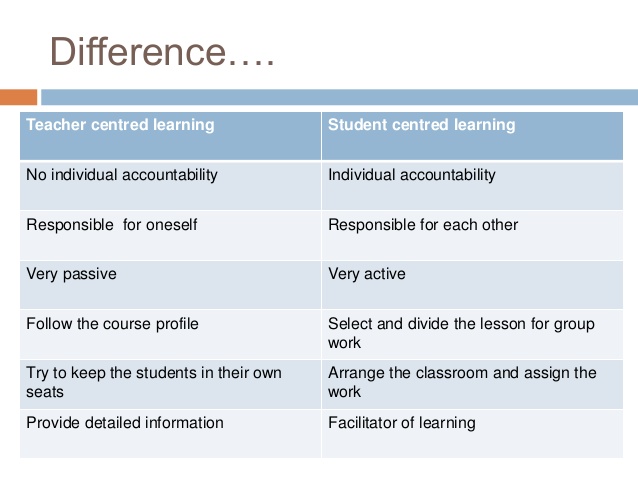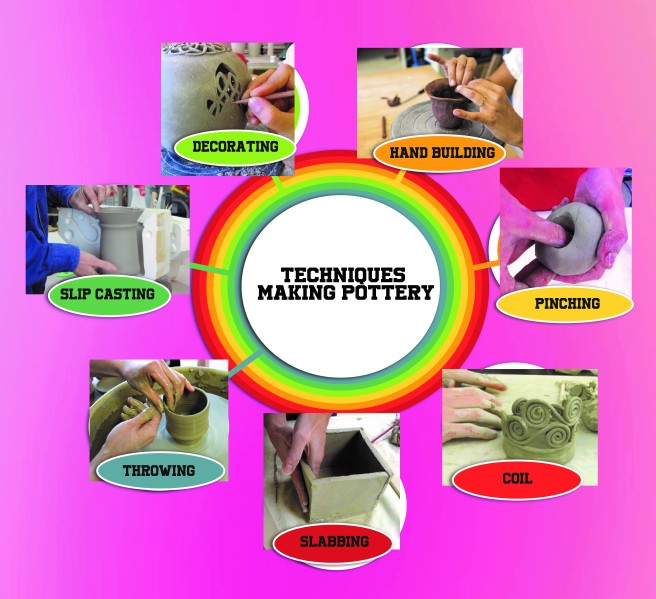This is your very first post. Click the Edit link to modify or delete it, or start a new post. If you like, use this post to tell readers why you started this blog and what you plan to do with it.

This is your very first post. Click the Edit link to modify or delete it, or start a new post. If you like, use this post to tell readers why you started this blog and what you plan to do with it.

1. Define the meaning of aperture, shutter speed, ISO and DOF
Aperture
a space through which light passes in an optical or photographic instrument, especially the variable opening by which light enters a camera.
Shutter Speed
The nominal time for which a shutter is open at a given setting.shutter speed or exposure time is the length of time when the film or digital sensor inside the camera is exposed to light, also when a camera’s shutter is open when taking a photograph
ISO
It is the camera sensitivity level for the available light. ISO is measured in numbers. Lower ISO numbers, low sensitivity to existing light and vice versa. ISO enhancements will also contribute to increased seed or noise.
DOF
The number of shots that will be the focus that is managed by the aperture. Larger field depth means that most of the ‘view’ photos of the lens will be the focus no matter if it is near the camera or away. The depth of the small field means only half of the page or image is in focus, and the other will appear blurry.
List format audio:
PCM stands for Pulse-Code Modulation, a digital representation of raw analog audio signals. Analog sounds exist as waveforms, and in order to convert a waveform into digital bits, the sound must be sampled and recorded at certain intervals (or pulses).
WAV stands for Waveform Audio File Format (also called Audio for Windows at some point but not anymore). It’s a standard that was developed by Microsoft and IBM back in 1991.
A lot of people assume that all WAV files are uncompressed audio files, but that’s not exactly true. WAV is actually just a Windows container for audio formats. This means that a WAV file cancontain compressed audio, but it’s rarely used for that.
Most WAV files contain uncompressed audio in PCM format. The WAV file is just a wrapper for the PCM encoding, making it more suitable for use on Windows systems. However, Mac systems can usually open WAV files without any issues.
AIFF stands for Audio Interchange File Format. Similar to how Microsoft and IBM developed WAV for Windows, AIFF is a format that was developed by Apple for Mac systems back in 1988.
Also similar to WAV files, AIFF files can contain multiple kinds of audio. For example, there is a compressed version called AIFF-C and another version called Apple Loops which is used by GarageBand and Logic Audio — and they all use the same AIFF extension.
Most AIFF files contain uncompressed audio in PCM format. The AIFF file is just a wrapper for the PCM encoding, making it more suitable for use on Mac systems. However, Windows systems can usually open AIFF files without any issues
Uncompressed audio is exactly what it sounds like: real sound waves that have been captured and converted to digital format without any further processing. As a result, uncompressed audio files tend to be the most accurate but take up a LOT of disk space — about 34 MB per minute for 24-bit 96 KHz stereo.
MP3 stands for MPEG-1 Audio Layer 3. It was released back in 1993 and quickly exploded in popularity, eventually becoming the most popular audio format in the world for music files. There’s a reason why we have “MP3 players” but not “OGG players”…
The main pursuit of MP3 is to cut out all of the sound data that exists beyond the hearing range of most normal people and to reduce the quality of sounds that aren’t as easy to hear, and then to compress all other audio data as efficiently as possible.
Nearly every digital device in the world with audio playback can read and play MP3 files, whether we’re talking about PCs, Macs, Androids, iPhones, Smart TVs, or whatever else. When you need universal, MP3 will never let you down.

Compare and contrast teacher and student centered learning strategies.

Advantages:
Limitation:
Cyberlearning is Web 2.0 networked computing and communication technologies are used to help in student learning.
ASSURE Model is an Instructional System design process that was modified to be used by teachers in regular classroom. There are six step which the teachers and trainers can use to design and develop the most appropriate learning environment for their student.
Analyse learners is one of the six step in ASSURE Model. Before we start, we must know our target audience. In this situation , our audience is our student. We need to analyse and write down the relevant information about our student. In analyse learners, there are four primary types of criteria being used. The four primary types of criteria being use are Identify learners , General Characteristics , Specific Entry Competencies and Learning Style.
First criteria is Identifying Learners. This step is to specifically define the audience. We must know the learners since we are to select the best strategiest to meet the objectives that we have set. It is related to the question of who are your students? While this seems to be common sense , but this step is important to mention because keeping our students in mind will help to ensure that we can work diligently to find materials and resoures that will be most appropriate and useful to students.
General Characteristics is the second criteria. This is description of the class as a whole. It includes such information as the number of students, region, grade, age, ethnic group, sex, mental. Emotional, physical, social problem or socioeconomic level. It can help teachers to select the method or materials of teaching according to characteristic of their students.
Third criteria is Specific Entry Competencies. This criteria tell us , the types of knowledge expected of the learners. It is include prior knowledge, skill and altitudes. As a teachers, we must ask question to student. For example, do the learners have the knowledge base required to enter the lesson? Do the learners have the entry competencies and technical vocabulary for this lesson? Have the learners already mastered the skills you are planning to teach?
The last criteria is Learning Style. It preferences of the individual members of the class. It can be include verbal, logical, visual, musical or structured. Students have their own learning style. Knowledge of learning style can help teachers to write the lesson plan.
Conclusion , four criteria of analyse learners is the good process for teachers the do their work. It can make our learning easy and can help student to achieve their goal.
2. Why are learning objectives is important?
The learning objective is important because objectives was indicated as learning outcomes, that is what will the student get out of the lesson. Therefore, it is important to clearly and specifically state objectives of the lesson. Thus, the objective also must be in specific. Besides, objective statement also can help teachers in selecting the appropriate of media and teaching method to be used. Teacher not be able to assess student achievement without the learning objectives. Other than that, learning objective is important because the selection of instructional methods and media depend on what type of objective is being persued .
3. What are the four component crafting a good learning objectives
Learning objectives should always determine the intended audience to serve. While there are different groups of participants in a training program such as students, teachers, supervisors and facilitators, the purpose should be to describe the right audience. This helps in making measurable objectives.
2. Behavior
It is refer to what do you want them to do? The behavior or capabilities needs to be demonstrated as learner performance, an observable, measurable behavior or a real worlds skill.
3. Condition
A situation in which the goal is to determine the conditions in which the tasks are to be performed. This is the real situation the assignment has to be done. These conditions may include time and place.
4. Degree
The well-defined objective requirement is to demonstrate the standard for which the award is awarded. This refers to how well you want them to show their mastery? A degree in which new skills must be mastered or criteria for acceptable performance that includes time limits, precision ranges, correct response proportions and qualitative standards.
Student need to making a pottery pencil case using paper clay .Here are the process that student have to follow :
1.Sketches(20)
2. Prepare the tools for making a pottery pencil box
3.Produce a potter pencil box.
4.Decorate the pottery using creativity
5.submission work to dropbox at week 3.
TQ.
students need to submit their work at dropbox .This is the link :
https://www.dropbox.com/home/4%20smart

